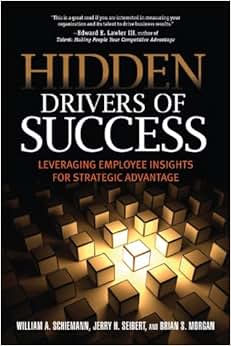
Introduction: For many on an H-1B visa, the idea of turning market moves into a side income sounds appealing鈥攅specially when the desk is a kitchen table or a small corner in a shared apartment. The question that comes up most often is whether day trading can be done legally and safely while on a work visa. The short answer is nuanced: you can own and trade financial assets as a private investor, but you should avoid acting as a business or advisor for others. This piece walks you through what that means in practice, the best asset classes to start with, and how technology and Web3 trends shape the space for H-1B traders today.
Compliance and H-1B: What鈥檚 Allowed You can open a personal brokerage account and execute trades as a passive investor, provided you鈥檙e not performing trading activity as a job for a company or earning commissions for others. Treat it as personal investing, not a side hustle that resembles employment. Avoid offering paid signals, managing others鈥?portfolios, or running a trading-related business without the proper licenses. Taxes still apply, so keep clear records of gains, losses, and any leverage use. If in doubt, a quick consult with an immigration attorney helps keep your status airtight.
Asset Classes for Day Traders
Trading setup and reliability Effective day trading hinges on a solid tech stack and guardrails. Reliable charting (think robust platforms and real-time data), disciplined risk controls (position sizing, stop limits), and security (2FA, device management) matter as much as instincts. Start with a paper-trading phase to calibrate timing and psychology before touching real funds. Keeping a trade log helps identify strengths and biases.
Web3, DeFi, and the frontier Decentralized finance adds a new layer for niche strategies and liquidity access, with faster settlement and permissionless entry in some niches. On the flip side, it brings smart-contract risk, governance changes, and regulatory ambiguity. A prudent path is to separate on-chain activity from traditional markets, using crypto-exposed accounts for learning and small allocations, while maintaining conventional accounts for regulated trading. The ongoing evolution in DeFi鈥攂ridges, layer-2 solutions, and audited protocols鈥攐ffers efficiency but demands caution and ongoing due diligence.
Leverage, risk, and strategy Leverage can magnify both gains and losses. If you use it, do so conservatively, with strict maximum drawdown limits and predefined exit plans. Build a simple routine: define risk per trade, stick to it, review outcomes weekly, and scale gradually. In-market moments (news events, earnings, or macro shifts) demand increased discipline rather than bravado.
Future trends: smart contracts and AI-driven trading Smart contracts are pushing automation into account-opening, order routing, and even on-chain execution for certain strategies. AI-driven signals, backtesting, and adaptive risk models promise smarter allocations, but they also raise new reliability questions. For H-1B traders, the blend of traditional brokerage tools with emerging on-chain opportunities can be powerful鈥攚ith careful governance, security, and compliance baked in.
Can H1B do day trading? Slogans to keep you motivated
In summary, day trading is accessible on an H-1B, but success comes from clarity on status, prudent risk, and adopting a tech-enabled, multi-asset approach. The market landscape鈥攕panning forex, stocks, crypto, indices, options, and commodities鈥攚ill continue to evolve with Web3 tools and AI-powered insights. With the right setup, you can explore advanced chart analysis, secure platforms, and smarter leverage strategies while staying aligned with your visa responsibilities.
Your All in One Trading APP PFD